
We aren’t toggling “whine” mode on exactly, but we are giving a little time to two pistols we don’t see very often at the range. Not only are both practical, soft and inexpensive-shooting rimfires that borrow on famed, Olympic-grade excellence, but they are so good in other respects that ignoring them borders on an outright mistake.
Walther P22
There aren’t many pistols as versatile as this one, though we concede the “package” is deceptive. Mainly, we think it’s due to size: The P22 is perhaps too cleverly got up as a youth trainer. Trim in the extreme—6.3 in. by 1.1 in. and only 18 ounces (loaded)—it will certainly stand in to educate an aspiring young shooter, but a closer look hints at features that make it a pleasure for those with larger hands and different goals.
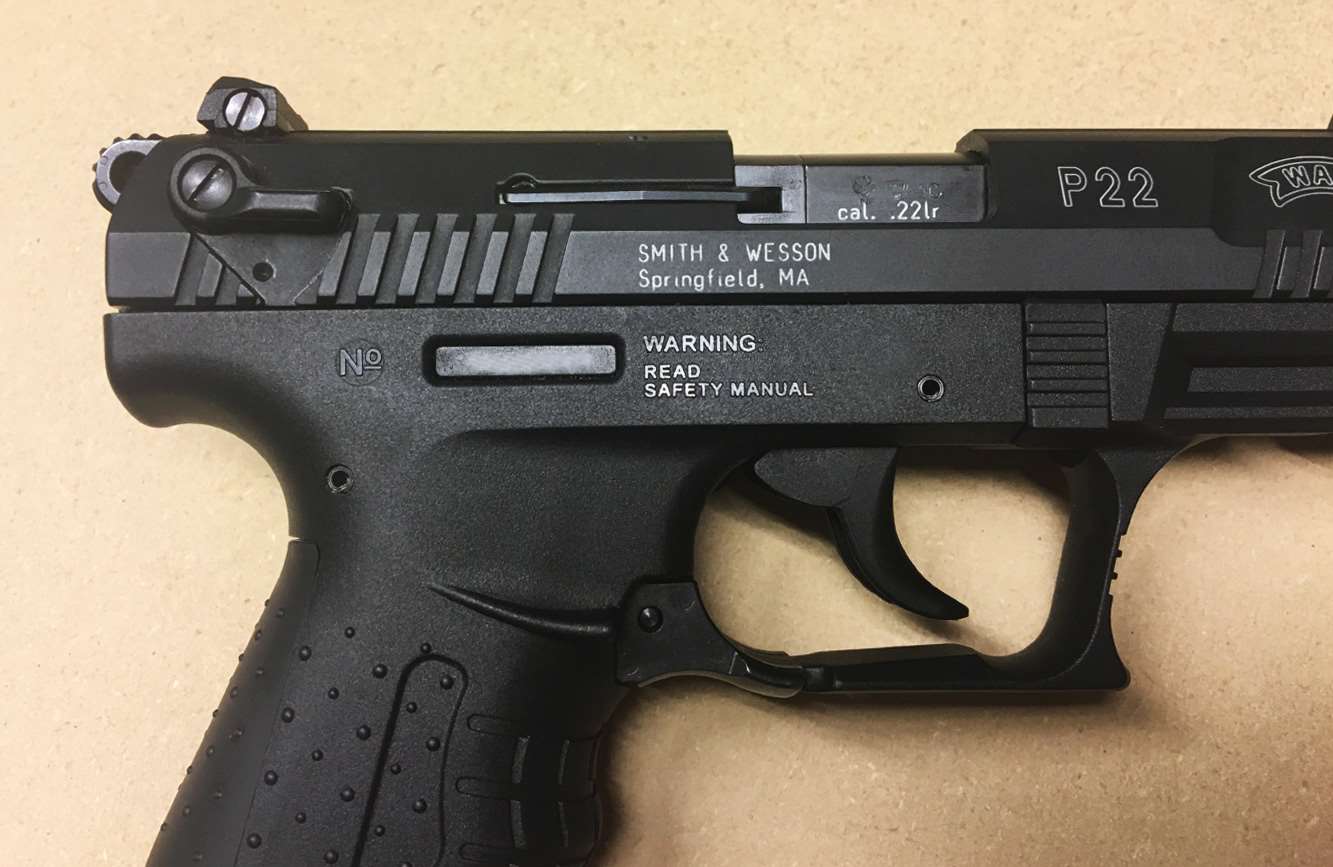
Two relate to the grip. In keeping with current trends in polymer-lower pistols—but well ahead of its time (2002 release)—it has swappable back straps. These add girth right where you need it for the adult or larger-handed shooter, yet anyone old enough to understand the safety rules will find the grippy P22 secure and comfortable in the hand. Magazines proceed to add to this, with one version flat-bottomed, another with a “pinky rest.”
The mags are works of superb engineering in themselves. With polymer bases and button-lock disassembly like many centerfire calibers, we’ve found them rugged, reliable, smooth-running and easy to care for. Offhand, we can’t think of any rimfire mags of this, er, caliber in the all-around sense, and you’ll get two with your pistol.
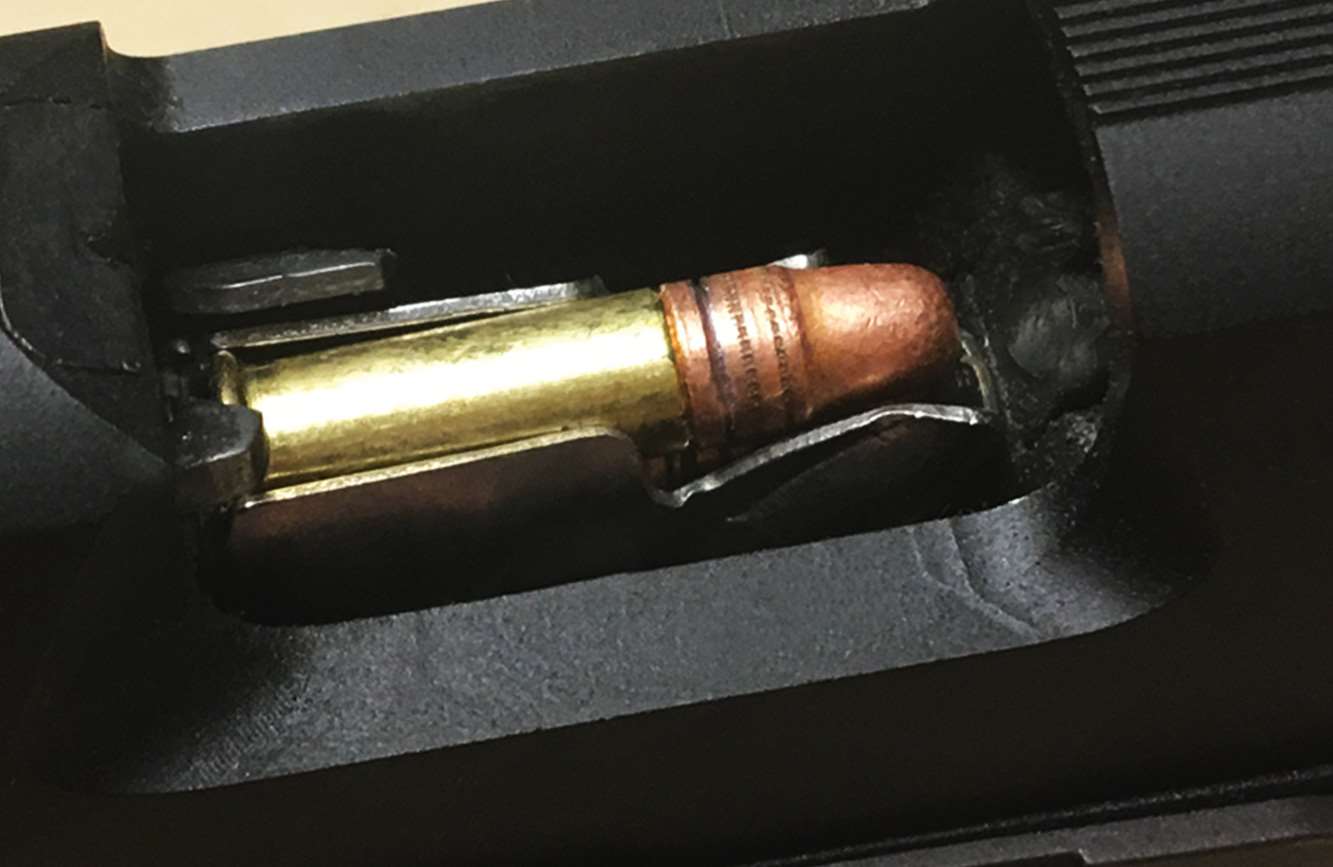
One undeserved grumble you occasionally encounter regarding the P22 is the nature of the magazine release. We Americans tend to favor a button-style, while many foreign shooters favor the paddle-style (pressing down, typically on either side of the trigger guard, rather than in, often only from the left). This is a rare case where they’re right and we’re wrong: We’re all used to buttons, but paddles are better for a host of reasons. The good news is that we’ve never found the transition as daunting as each school suggests about the others’ hardware. It’s wise to learn to run both.
Running a P22 is full of teaching/learning opportunities, in fact, and some of them are well beyond merely sound basics. An obvious for-instance is that the P22 is a double/single action auto-loader. The (arguable) intention of the safety/hammer configuration implies “Condition One”—cocked hammer, loaded chamber, safety on. But if you want to teach or would like to get the feel for double action, the little Walther will oblige. After chambering a round and engaging the safety, the hammer can be dropped (to “Condition Two”). With disengagement of the ambi safety—slide mounted, and one of the very few things we don’t care for—this gives a roughly 11-pound pull on the first shot, and about four pounds for each subsequent shot. Reset between SA shots is superbly short. (A hint for that safety lever: We run it with our thumb knuckle to the forward/”fire” position. The tendency to grip-shift goes to nil with a little practice.)
While Walther recommends high velocity rimfire to keep the P22 happy, we’ve been able to moderate this over the long test cycle of our sample. As surfaces wore in and the recoil spring took its set, we found almost any good-quality .22LR will run a reasonably clean, lubed pistol. Keep in mind, this doesn’t mean so-called “low noise” varieties will work, at least in our experience. They’re just too soft.
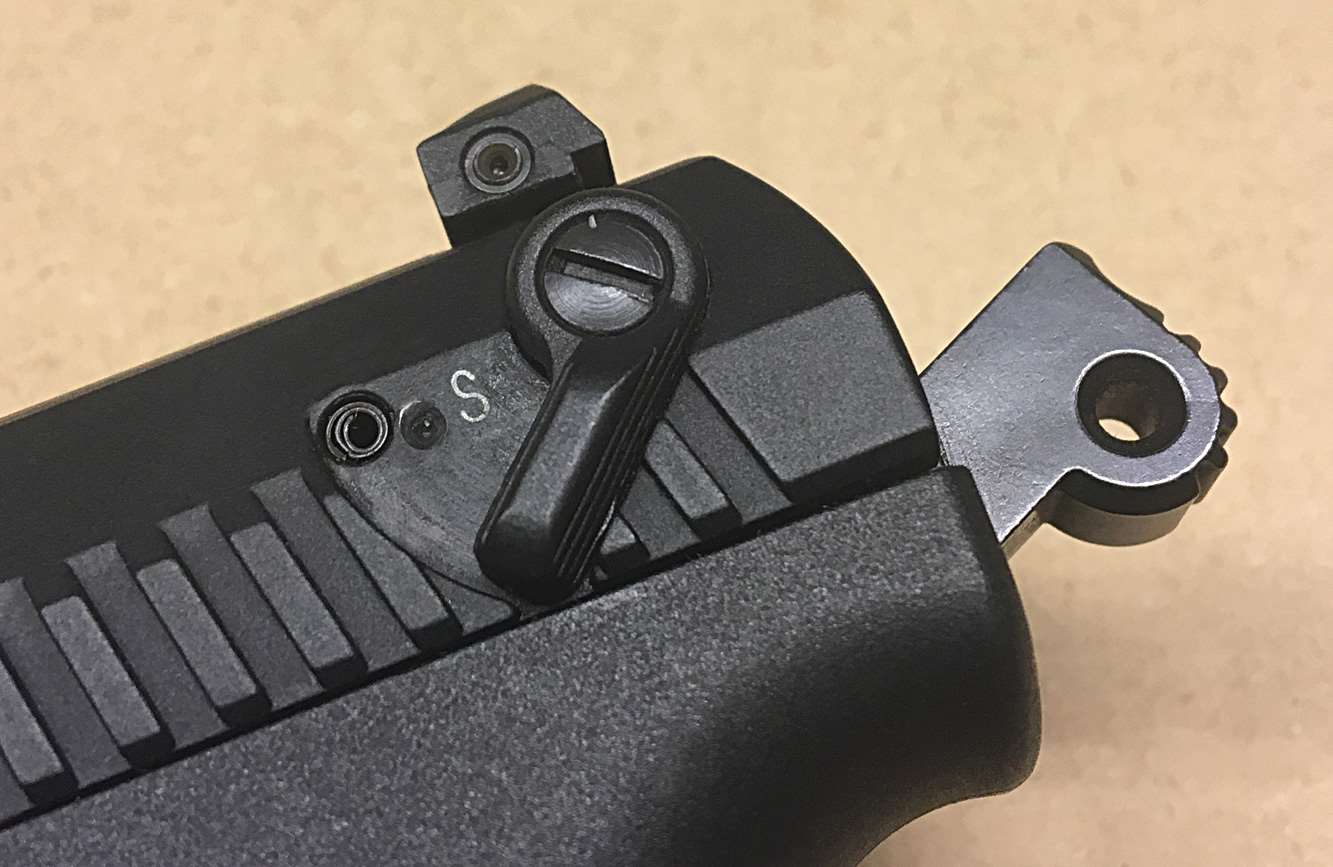
Speaking of “low-noise,” that’s another thing to like about the P22. While many folks may never care, it’s appealing that such a reasonably-priced pistol can get you in the suppressor game down the road. Our 3.42-in. barrel model comes with an installed thread protector, so there is no extra barrel to buy. Not that you can’t: Walther offers a “target” version of the littlest “P” that extends the barrel to five inches, and sight radius to nearly eight. There are even laser-equipped (via Picatinny/accessory rail) and colored versions to suit a host of tastes.
But perhaps we’ve made our point about the slick P22: It’s a small pistol all right, but certainly not a trivial one.
MSRPs for the P22 range from $319 to $459.
Walther PPQ M2 .22
Believe it or not, there’s a Walther .22 we like even better than the P22, though we see it—disagreeably—even less.
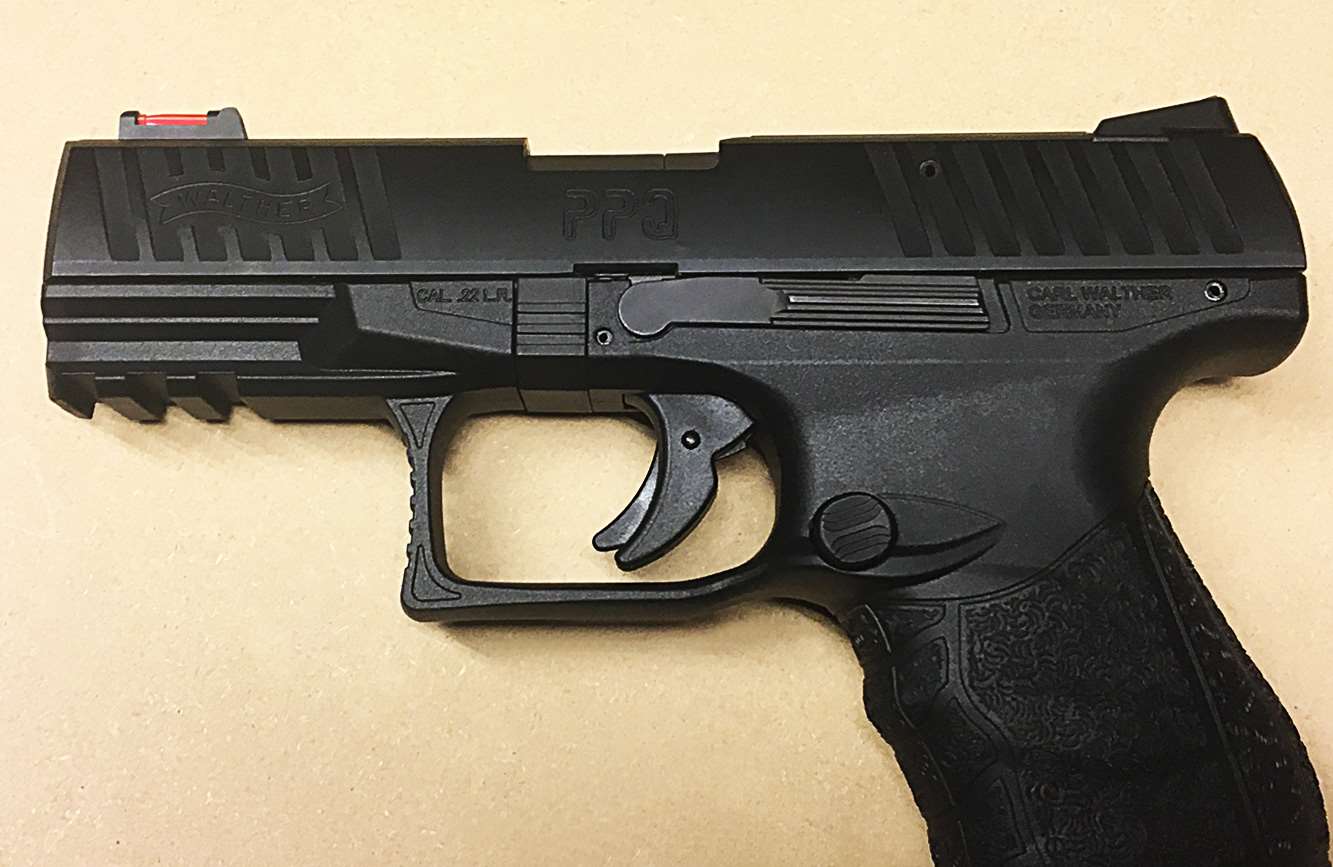
To make our case, we come at the PPQ rimfire from a different perspective. With the caveat only of cost, if there’s a better out-of-the-box rimfire on which to learn big-pistol technique, we’ve yet to see it. We’re not saying there aren’t many fine rimfires that will teach you valuable aspects of pistol craft, but most have rimfire-only peculiarities.
Striker fire is the obvious “first.” Our P22 is a great way to sample action types—indeed, it may be uniquely versatile in this role and scale—but a huge proportion of modern handguns are of striker-fire type. A technical point here: The PPQ .22 isn’t actually striker-fired, but the enclosed hammer system acts just like one. The P22—and virtually all other rimfires—strike out here (bwahahahaha, aren’t we punny). Seriously though, you’ll only sort out the important operational differences of striker pistols on something designed to at least mimic them with precision: Voilà, the PPQ .22.
Size, too, is an obvious stumbling block. Rimfires fill many useful niches, but true duplication of and practice for full-sized centerfire handgun manipulations isn’t one of them. Dimensions, as well as the placement of controls, matter. To the industry’s credit, conversions help fill this void (like our friends at Tactical Solutions, here and here), but they are one-to-one affairs, and necessarily quite specific.
What the PPQ .22 gets “righter,” if you will, than most other .22s is the constructive generalization of control functions combined with big-caliber-like magazine function. With the trigger-mounted safety closely approximating a huge percentage of striker-fired guns, and with swappable button mag release and full-ambi slide lock/release controls, crucial basics are more than covered.
Our runaway favorite, however, is in how the magazines and magwell on the PPQ work together. Sharply reminiscent of the P22’s in body, PPQ mags add two rounds and enlarge their abuse-shrugging polymer bases to a scale very similar to those of centerfire mags. The short version? They let you simulate acquisition and finger placement—the front end of a proper, speedy reload—to a “T.” They don’t cost an arm and leg either (or here), by the way.
Where your hand and magazine meet up with the pistol is a still-cleverer bit: An internal magwell is engineered into that centerfire-scaled grip. Using a set of “vanes,” those single-stack magazines go into the PPQ .22 in near-perfect simulation of a reload on a centerfire gun.
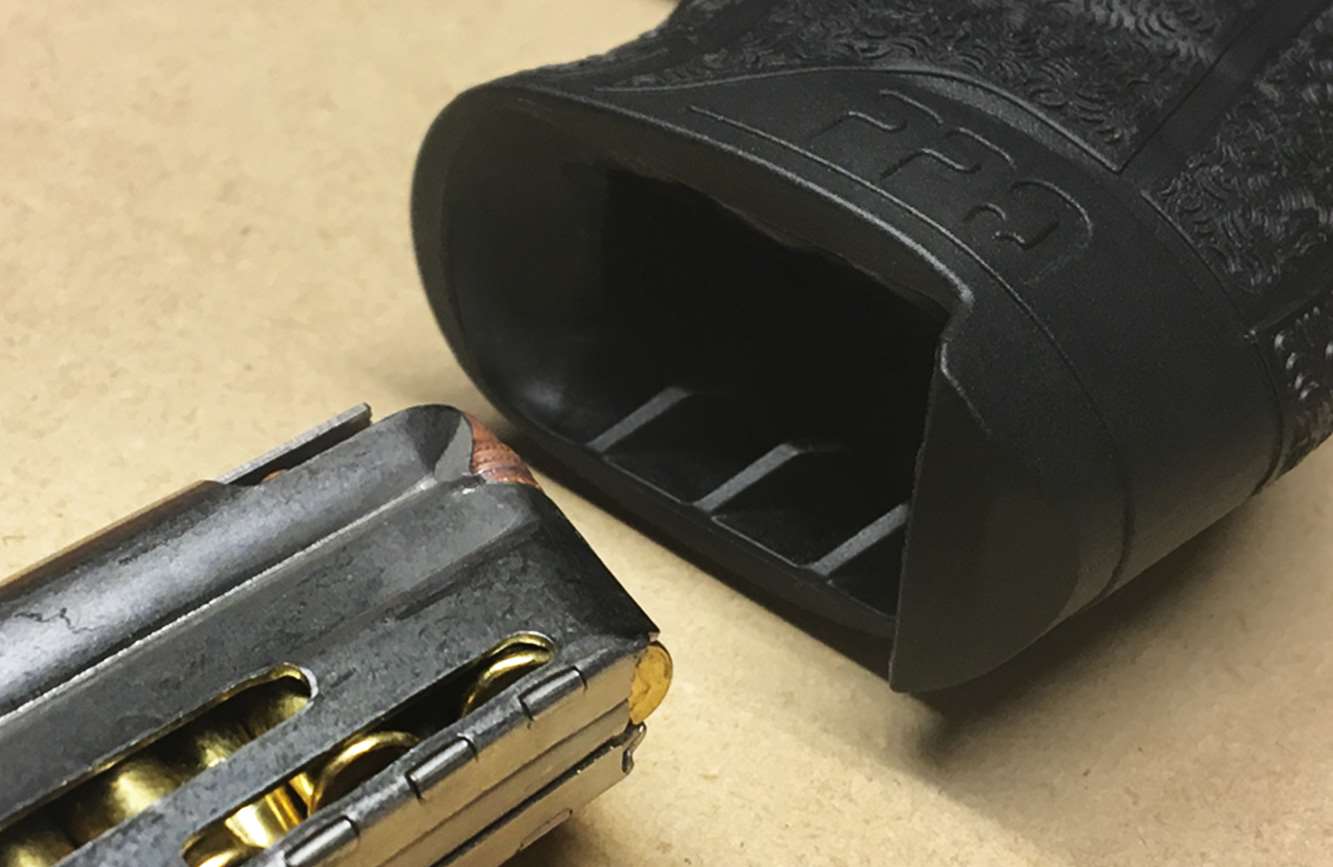
Run this a while as we have done, and you start to notice the best thing of all, though perhaps it’s only a byproduct of so many other things done well: reliability that is perilously close to that of centerfire. Need we note what a skill and confidence builder that is?
Our original gambol with the PPQ .22 was alongside a 9 mm PPQ M2. It was a treat in many respects, and the benefits are easy to envision. What the intervening time has demonstrated, however, is that a .22LR PPQ is no perfunctory stable mate only for a Walther centerfire fan. Working this rimfire will pay handsome dividends with nearly any autoloader you can name.
Visit Carl Walther at www.waltherarms.com. MSRP for the Walther PPQ .22LR ranges from $429 to $469.





























